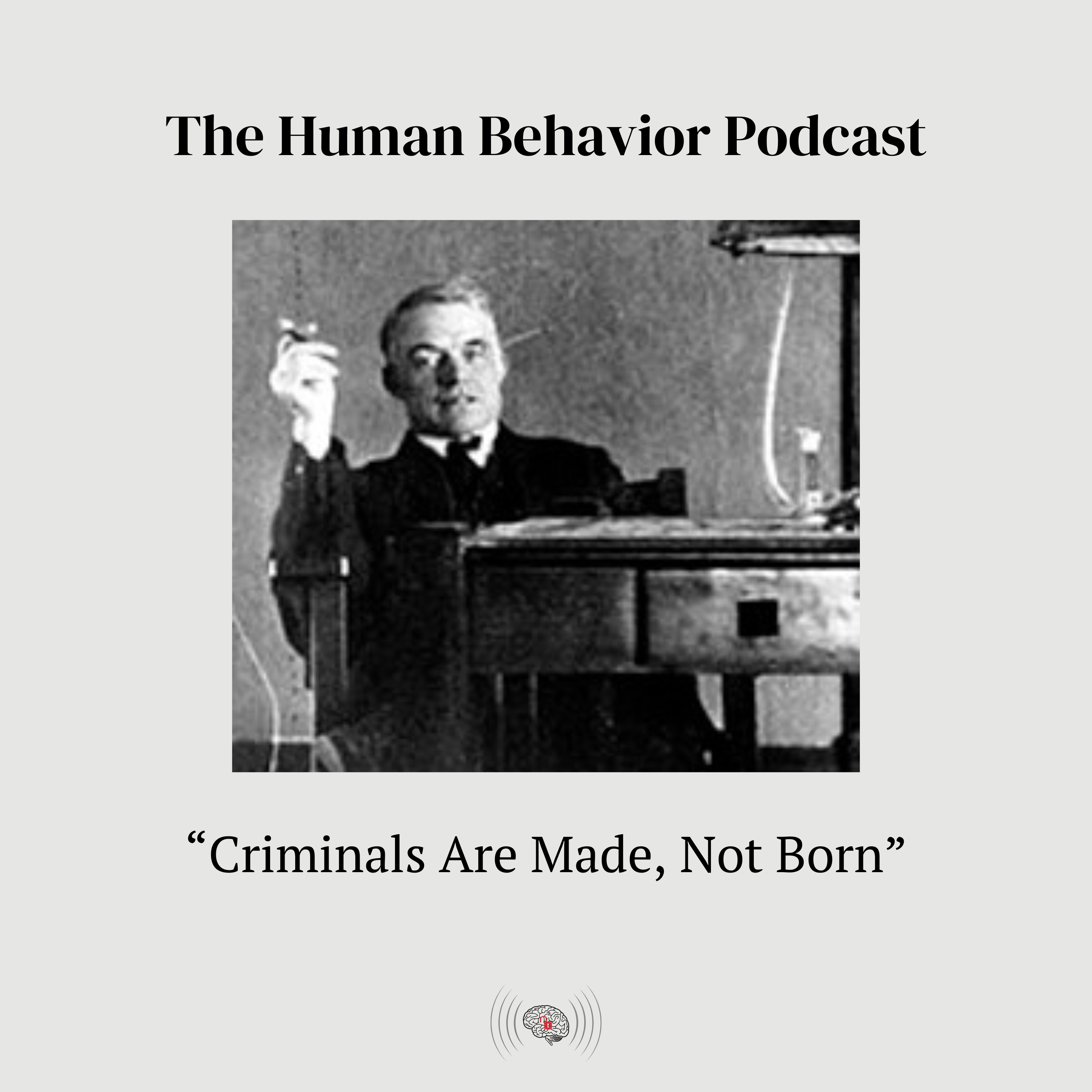When history unveils its darkest chapters, it offers us the opportunity not just to reflect, but to arm ourselves with the knowledge to prevent future tragedies. The latest episode of our podcast does precisely that by revisiting the harrowing 1927 Bath Township School Massacre. Through an analysis of the psychological profile of the perpetrator, Andrew Kehoe, we begin to unravel the complexities of the human mind that can lead to catastrophic events. This is more than a history lesson; it is a call to action for vigilance and preparedness in the face of potential dangers.
The massacre orchestrated by Kehoe, which resulted in the deaths of 45 people, including 38 children, remains one of the deadliest school massacres in history. It serves as a stark reminder of the profound impact that one individual’s actions can have on a community. By understanding Kehoe’s meticulous preparations and the subsequent Beslan school siege, we can identify patterns that could help us prevent similar occurrences in the future. Our discussion does not stop at recognizing these patterns; it also extends into practical strategies for safety and survival in the face of both man-made and natural disasters.
Emergency resilience and preparedness are critical topics in today’s unpredictable world. We share actionable strategies, moving beyond theoretical knowledge to equip listeners with the skills needed to face emergencies. From setting up rally points for your family to having a grab bag ready, we emphasize the importance of planning for the worst while hoping for the best. The chapter on emergency resilience training and preparedness highlights the necessity of readiness for any situation, whether it’s a home invasion or a public encounter at a gas station or motel.
In our discussion on security and preparedness training, we explore proactive safety measures in extreme situations such as carjackings and kidnappings. We underline the importance of taking decisive action and being prepared to prevent becoming a victim. We emphasize that historical knowledge alone does not equate to being safer; it is the application of this knowledge that can truly make a difference. We draw on historical incidents to understand the progress made and the steps we still need to take to enhance personal and communal safety.
The episode also touches on the psychological motives behind violence, specifically the patterns of control that often precede such tragic events. By analyzing the behavior of individuals like Kehoe, we learn to recognize when someone is attempting to control a narrative through destructive means. We discuss the societal tendency to overlook early warning signs and the critical need for better analysis and understanding of behaviors to prevent future tragedies.
Wrapping up the episode, we reflect on the idea that perpetrators often target locations familiar to them. By examining the ‘why’ from a behavioral perspective, we can become more observant of our surroundings and potentially foresee and prevent tragedies. The discussion aims to provide insights into the rationale behind targeted locations of violence, emphasizing that people often act within the realms of their own familiarity.
In conclusion, the episode serves as a compelling examination of the familiar becoming the focal point for violence. It urges listeners to keep their eyes open and always be a step ahead in securing their safety. We invite you to join us in this journey of understanding and preparedness, where the lessons of the past can lead to a fortified future.

Comments are closed